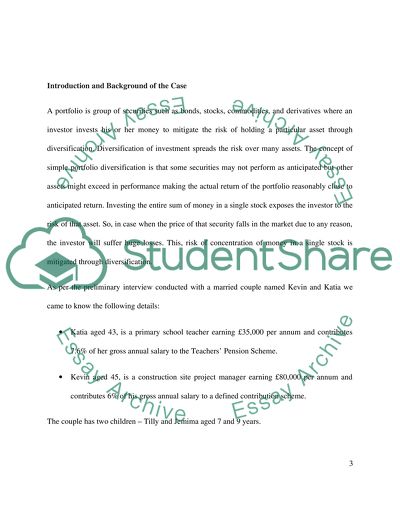Cite this document
(“FINANCIAL PLANNING AND WEALTH MANAGEMENT Essay Example | Topics and Well Written Essays - 3000 words”, n.d.)
FINANCIAL PLANNING AND WEALTH MANAGEMENT Essay Example | Topics and Well Written Essays - 3000 words. Retrieved from https://studentshare.org/finance-accounting/1489428-financial-planning-and-wealth-management
FINANCIAL PLANNING AND WEALTH MANAGEMENT Essay Example | Topics and Well Written Essays - 3000 words. Retrieved from https://studentshare.org/finance-accounting/1489428-financial-planning-and-wealth-management
(FINANCIAL PLANNING AND WEALTH MANAGEMENT Essay Example | Topics and Well Written Essays - 3000 Words)
FINANCIAL PLANNING AND WEALTH MANAGEMENT Essay Example | Topics and Well Written Essays - 3000 Words. https://studentshare.org/finance-accounting/1489428-financial-planning-and-wealth-management.
FINANCIAL PLANNING AND WEALTH MANAGEMENT Essay Example | Topics and Well Written Essays - 3000 Words. https://studentshare.org/finance-accounting/1489428-financial-planning-and-wealth-management.
“FINANCIAL PLANNING AND WEALTH MANAGEMENT Essay Example | Topics and Well Written Essays - 3000 Words”, n.d. https://studentshare.org/finance-accounting/1489428-financial-planning-and-wealth-management.


